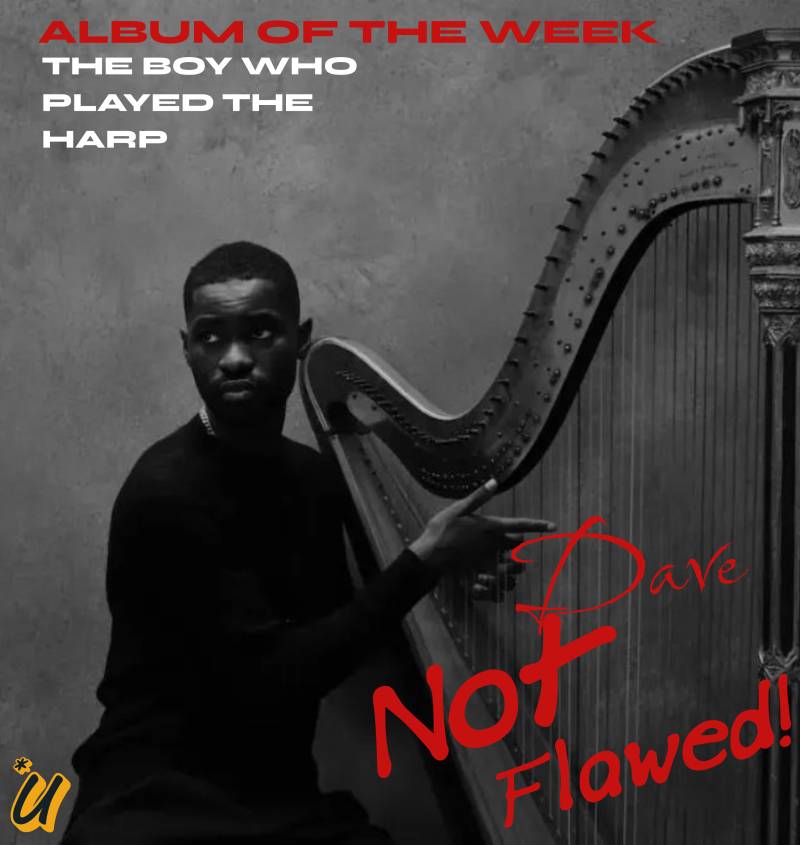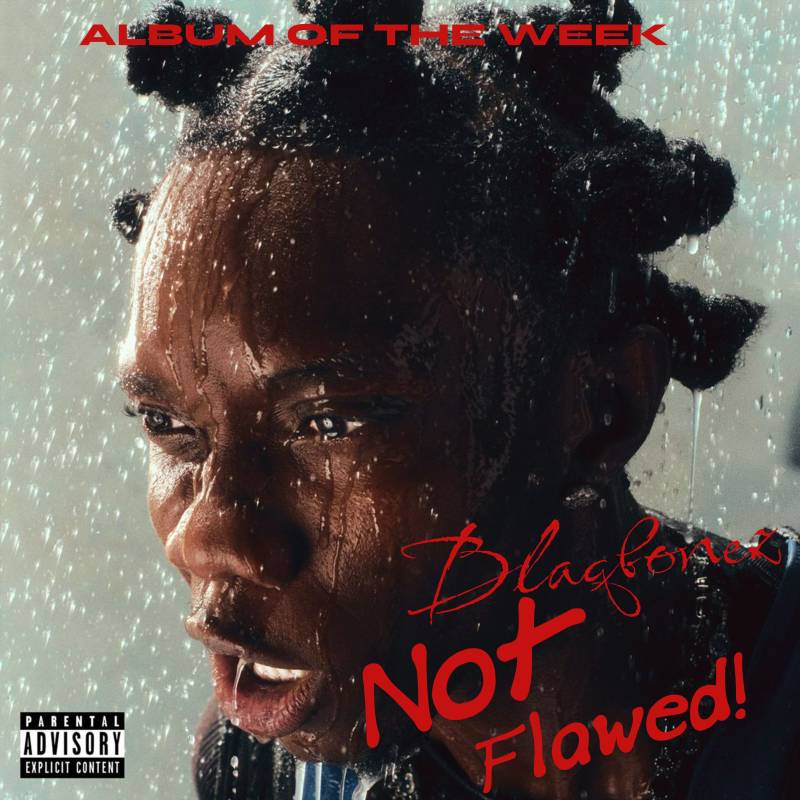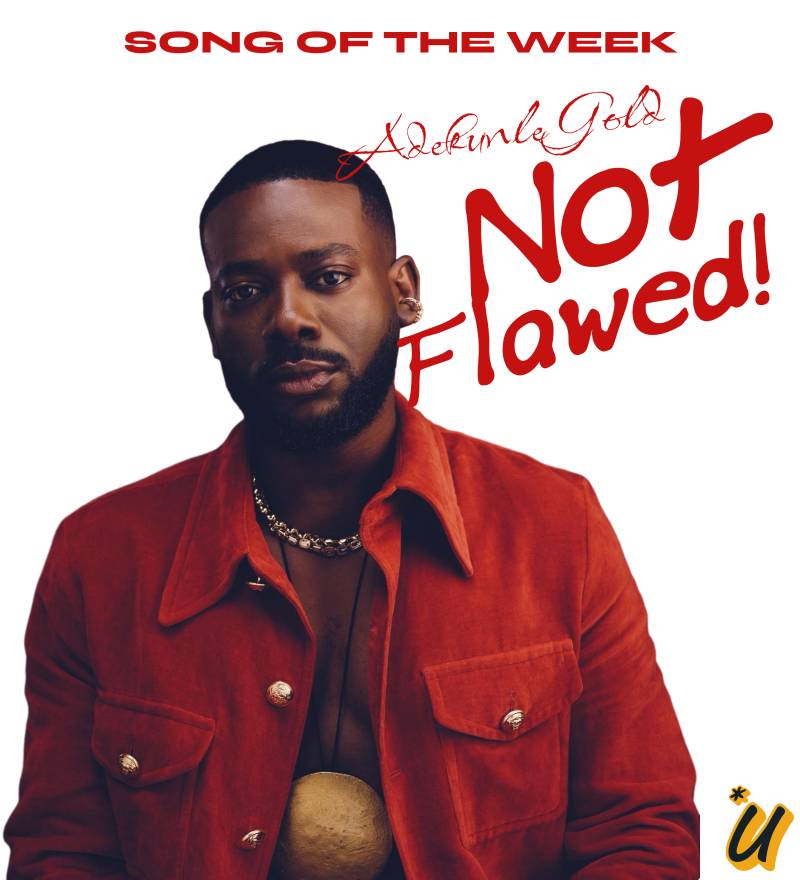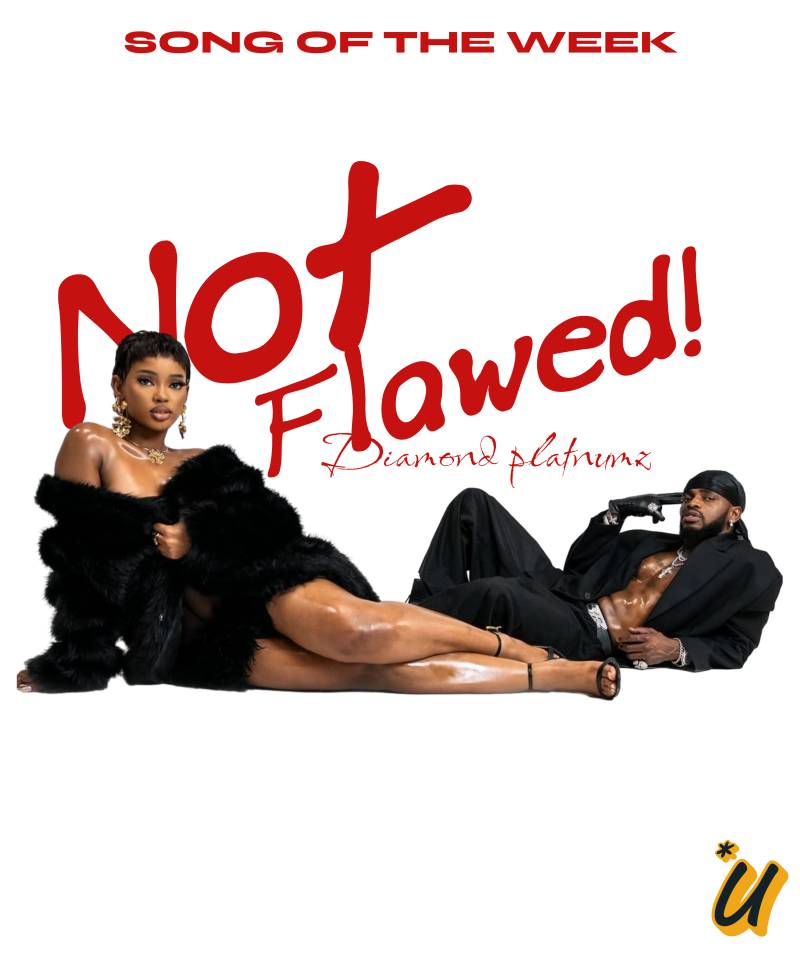In 2021, Spotify paid out more than $1 million in royalties apiece to 1,040 artists for recorded music and publishing, 126% more than in 2020, the company revealed on Thursday. Spotify’s total royalty payments rose from $5 billion in 2020 to more than $7 billion in 2021, making it worth 20% of global recorded music revenue in 2021, up from 15% in 2020, based on the IFPI’s latest report for the global recorded music business.
The company claims its 2021 royalties were the highest ever paid by a single retailer — “even when adjusting for inflation,” Bryan Johnson, Spotify’s head of artist & industry partnerships, international, tells Billboard.
The second annual Loud & Clear report is part educational campaign, part public relations push to provide insight into the amount of money flowing to hundreds of thousands of artists. “Streaming has lowered the barriers to entry and accelerated the path to finding a global audience,” says Johnson. That’s Loud & Clear’s message in a nutshell. Tens of thousands of artists are earning, well, something on the platform.
Whether or not royalties are adequate is an ongoing debate. Spotify and other streaming platforms have attracted scrutiny on both sides of the Atlantic. The U.K. House of Commons held hearings about streaming reform in 2021, although it did not draft legislation. In the U.S., the chairman of the House Judiciary Committee sent Spotify a letter in 2021 that warned of “a race to the bottom” in royalty rates. Spotify has also taken heat for appealing a royalty rate increase for publishers and songwriters handed down in 2020 by the U.S. Copyright Royalty Board.
But the numbers — both royalties and the number of recipients — are trending up. In 2021, over 238,000 songs were streamed more than 1 million times on Spotify. In 2020, that number was 207,000. Last year, the number of tracks that reached certain thresholds for number of all-time streams — whether 10,000 or 10 million — grew by more than 20%. The number of tracks to have 100,000 total streams increased 26% to 3.4 million. There were 719,000 tracks to reach the 1 million mark, up 30%, and about 10,000 tracks to reach the 100 million mark, a 43% improvement. Spotify paid $5 million to 130 different artists, up 160%, and $2 million to 450 artists, up 114%. The number of artists receiving every level of royalties saw similar growth: artists that received $1,000 grew 123% to 203,300 and those that earned $100,000 grew 121% to 9,500.
Critics often paint Spotify itself as a barrier to entry, a gatekeeper that determines who gets to find a larger audience. Spotify certainly wields a great amount of power in determining winners and losers through its in-house playlists. To that end, Spotify points out that more than 150,000 artists were added to a Spotify playlist for the first time in 2021, up from 64,000 in 2020. It also notes that 72,700 artists had at least 10,000 monthly average listeners, and they earned an average of $15,100 on the platform in 2021.
One thing Loud & Clear avoids is discussing royalties on a per-stream basis. “We don’t believe the per-stream rate is a meaningful rate to analysts because fans don’t pay per song,” says Johnson. External sources typically put Spotify’s per-stream royalties — somewhere around 0.4 cents on average — well below those of its peers. But, for the most part, streaming platforms pay royalties based on the number of times a track is streamed. So, assuming equal royalty pools, a platform with highly engaged users will pay a lower per-stream rate than one with users that listen less frequently. And Spotify had an ad-supported tier that pays less than the subscription service. While advertising is less lucrative than paying customers, lower royalties for free streams are simply part of the business model. Spotify points out that 60% of all subscribers were once free streamers.




